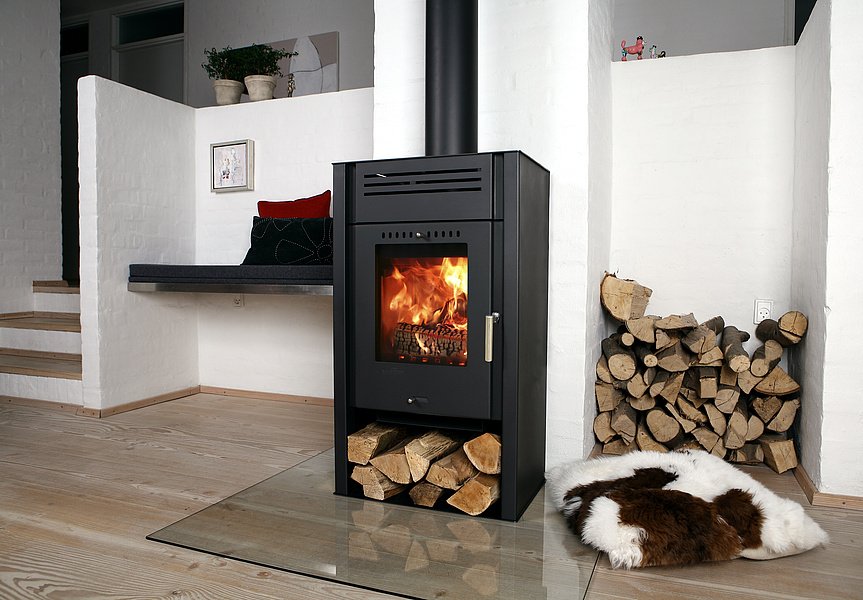Our Guide on the Best Fuels for Multi-Fuel Stoves
Multi-fuel stoves are an efficient way to bring heat into the home. It is also a popular choice among many homeowners because they can fuel the fire conveniently with different fuels. However, some owners believe that one or two fuel sources are superior to others. This essentially begs the question: Which is the best fuel for your multi-fuel stove?
This guide will discuss different types of fuel sources for multi-fuel stoves. The main goal is to make efficient use of your unit and consider expert solutions to maximise its use.
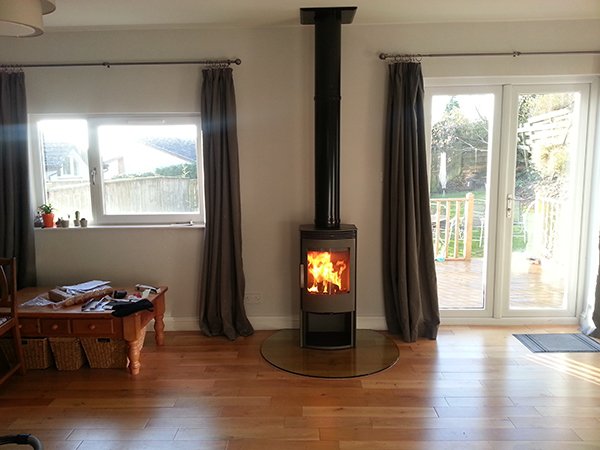
Considering Smokeless Fuels
One of the most preferred choices today for multi-fuel stove users is smokeless fuels since they don’t produce too much soot that can block the unit’s flue (the main filtering duct for waste gases and smoke). Most larger closed-type multi-fuel stove users prefer smokeless fuel sources, such as anthracite and taybrite, because of its efficiency and convenience in maintaining clean air in the space.
However, some multi-stove users point out that smokeless fuels are made of less volatile materials, making them harder to light. This can be a major inconvenience during the colder months, such as the beginning of December. You may need to have more experience before you use smokeless fuels, and it’s best to consult with our team at Stove Scotland to provide you with the necessary information you need on smokeless fuels and the appropriate multi-fuel stove.
Popular Fuel Choices: Wood or Coal?
When you think about open flames like fireplaces and grills, you may automatically associate it with wood or coal since it’s popular and easy to source. At the same time, did you know that there are also different types of wood and coal that you can use? However, what should you consider when choosing for your multi-fuel stove?
For wood and coal, you need to consider its pricing and availability, especially now since there are different fuels made available in the market. For example, you may want a particular wood chip variant that works well for you, but it may not be readily available in your area. Ensure that you have enough supply of wood or coal, depending on your budget.
Our team at Stove Scotland can provide you with the information you need about wood and coal. We can also provide a number of viable, cost-effective multi-fuel stoves for your space.
Petroleum Coke and Mixed Fuels
Petroleum Coke or “petcoke” was introduced to many UK multi-fuel stove users as the ideal fuel due to its high calorific value, cheap price point, and impressively low ash content. However, there have been instances where it was connected to the damage of steel and iron fire-box parts. This is why most multi-fuel stove manufacturers and users now recommend a 50/50 mix of other fuels.
Since its popularity, petroleum coke prices have now increased due to its high demand, which is why it’s recommended to look into a possible blend of fuels. Doing so will allow you to enjoy all the benefits of different fuels to maximise your unit. You can also refer to the Heating Equipment Testing and Approvals Scheme’s (HETAS) guide for different types of fuel sources!
Furthermore, you can contact our team to talk you through the HETAS guide and provide you with professional recommendations for your multi-fuel stove.
Conclusion
There are many viable fuel options for multi-fuel stoves perfect for your home. You just need to find the right one and consult with multi-stove professionals to guide you through the process. Take note of all the previously mentioned fuel options and find your best multi-fuel stove today that can enhance your experiences.
Are you in need of professional multi-fuel stoves in Scotland? We at Stove Scotland can provide you with that. We have a dedicated team of professional stove experts to ensure that you get the perfect multi-fuel stove for your home. Consult with us today to find the best stove for you!
What Not to Burn in Your Wood Burning or Multifuel Stove
Burning any item can provide heat; however, each item generates different pollutants—some of which may be worse for the environment than others. This has been emphasised by the UK government when it launched a new clean air strategy in 2019. The goal is to make the air healthier breathe and protect nature, which can both positively affect the kingdom's economy. The whole country has a particular emissions target by 2020 and 2030, and every household is expected to participate in it!
If you have a wood-burning or multifuel stove at home, then you might be wondering what implications using it can bring to your gas emission contribution. You should know, though, that thanks to the development of the stove industry over the years, current wood-burning and multifuel stoves have improved a lot! These modern stoves are considered 80% more efficient than their earlier versions. They also create 80% fewer air pollutants than stoves once made years ago.
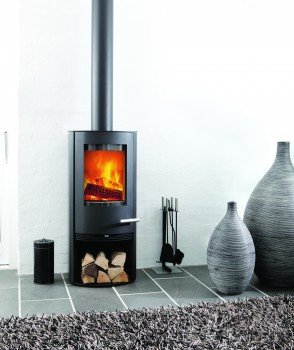
With a wood-burning or multifuel stove, burning waste is so simple to do; however, if you want to avoid bringing danger to the air you and everyone else breathe, here are the items that you should avoid burning at all cost:
Painted or treated wood
Any material that has been treated with chemicals will release toxic chemicals when burned. These chemicals will bubble and boil, discharging liquids and smell that can be hazardous to anyone's health.
Some might say that paints today have no lead content, but this fact will not make paints any less dangerous! They will still release harmful chemicals when burned—so be wary of throwing these into your stove.
Coloured paper
Like wood, any materials with colour has been treated with chemicals at some stage. That means burning pizza boxes, wrapping papers, cereal boxes, and magazines can be harmful to the environment! When burned, these materials release corrosive and carcinogenic gases into the atmosphere.
Any plastic
Did you know that burning plastic, even in small amounts, releases toxic chemicals such as sulphur dioxide, hydrochloric acid, heavy metals, and dioxins? These chemicals are extremely threatening to one's health and the environment. As such, no matter how infrequent you do it or how small you think the item is, never consider burning plastic products.
Chipboard, Plywood, etc.
Have you tried burning treated plywood versus a dry log? If you did, then you probably noticed how different the two were.
You will observe that the heat, smell, and even the smoke is different. Just because it is made from wood does not mean that it is okay for burning! These chemically-treated materials are more likely to release carcinogens and toxic fumes to its surroundings, so avoid burning plywood on your stoves.
Cardboard
Cardboards burn well, and it is one of the most common fuels for a wood-burning or multifuel stove. However, just like chipboard and plywood, this material is treated with resins and chemicals. As such, burning it releases toxic chemicals to the environment, endangering the lives of the people at your home.
Christmas tree
Unless you cut your Christmas tree directly from a forest, it is probably a treated home display. By this time, you already know how burning treated materials could harm anyone else. So, just do not consider burning that old Christmas tree!
Conclusion
The list can go on and on, and they can be overwhelming, but the rule of the thumb is this: any material that has undergone any chemical treatment should not be used as a fuel or burned on stoves. Always stick to what fuel is recommended by your stove manufacturer and clean it regularly to make sure that you are not contributing to the UK's air pollution!
If you have not converted your stove yet and want to switch to wood-burning stoves or multi-fuel stoves, we can help you find the right stove for any room! At Stove Scotland, we have comprehensive knowledge of stoves, and we supply, install, and even maintain them for you. Contact us today to learn more about our products and services.
4 Great Benefits to a Multi-Fuel or Wood-Burning Stove
While many homes and commercial establishments are decked out with gas or electric stoves, there are still some out there using older technology. Multi-fuel stoves and wood burning stoves are enjoying a resurgence in restaurants, especially, as more and more hope to achieve authenticity in their recreation of traditional dishes.
Multi-fuel and wood-burning stoves are not relegated to just restaurants and professionals. They could fit quite well in your home, offering a unique experience in addition to serving a whole set of purposes.
In this article, we are going to talk about multi-fuel and wood burning stoves—how they work, what their differences are, and their benefits to your home. Read on to learn more!
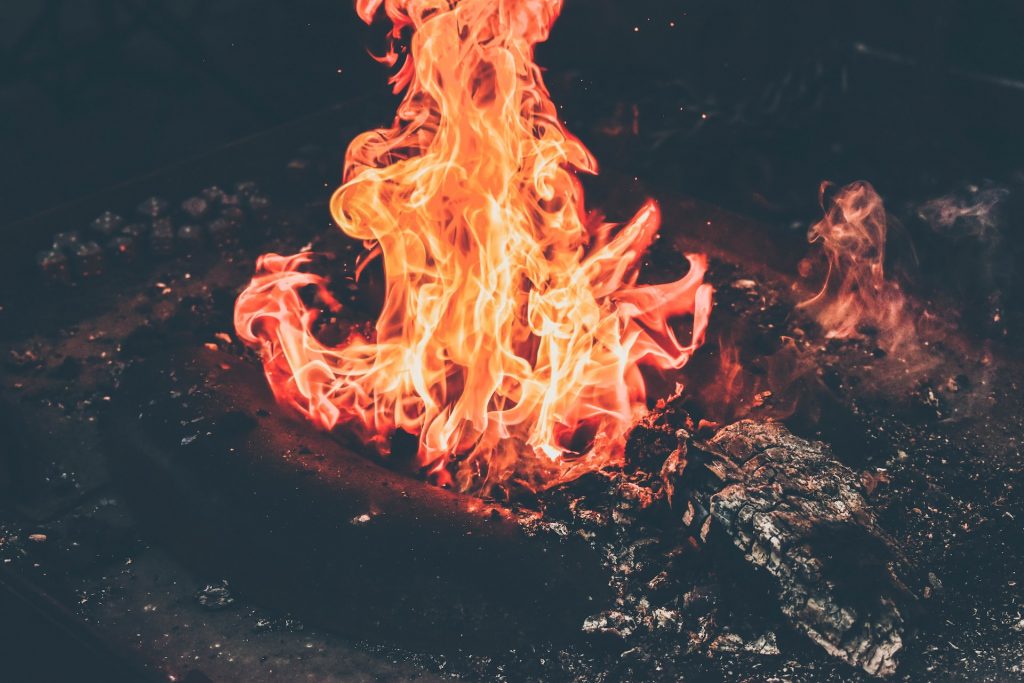
The differences
Both stoves generally have a solid encased chamber where fires are started, with a pipework system that connects to a chimney for the gases to escape through. The air volume that passes through this pipework system can be controlled.
Wood-burning stoves or wood burners use logs of wood on a pile of ash. These are not suitable for coal and peat fuels, as opposed to their multi-fuel siblings. This is the main difference between multi-fuel stoves and wood burning stoves.
In addition to this, multi-fuel stoves contain a grate and removable ash pan to help with the burning of coals.
The benefits
1. The offer a quaint and rustic look to your home
One of the chief benefits of both of these stoves is that they are both aesthetically pleasing rustic pieces that can become an excellent focal point in your space. Aside from that, they can serve the function of providing warmth on cold nights as well as cooking your food.
2. They can save you money
Most heating methods these days rely on electricity and gas, which can be costly depending on where you live and a few other factors. As these stoves execute the double function of cooking and warming, you can save money that you would have spent on two or more different appliances. Aside from that, these stoves are also better at warming than chimneys, as they allow much less heat to escape through the chute.
3. They can be better for the environment
Wood is considered a carbon-neutral form of fuel, as the tree from which the wood originates is likely to have absorbed more carbon from the environment than will be burnt in a single go. Multi-fuel stoves can also benefit from smokeless coal, if that is an issue in your locality. Smokeless coal also creates less ash, making it cleaner than regular coal.
4. They open up plenty of other options
Not only do you have access to a wider array of fuels, but the different types of wood you can use can bring out certain flavors in the food you prepare.
Another thing to note is that such stoves are convertible into boilers, which can be used to warm larger spaces and the rest of your home if need be, as it can be connected to your central heating system.
In conclusion
Multi-fuel stoves and wood burning stoves, even though they seem like primitive technologies, actually provide all the same advantages and more, as they are an ecological alternative to much of the appliances we keep in our home. Not only that, but they are a comfortable and beautiful centerpiece in whatever they’re in, often becoming a point of conversation.
If you’re looking for a supplier of multi-fuel stoves and wood burning stoves in the UK, send us at Stove Scotland a message. We are a family-owned and operated business, and we can supply, install, and maintain these wonderful stoves.
Benefits Of A Multi Fuel Stove
Here at Stove Scotland, we supply, install and maintain quality multi fuel stoves and have built up quite the knowledge and insights of this particular stove.
Multi Fuel Stove Scotland
The multi fuel stove was purposefully constructed to burn a variety of materials such as wood and smokeless fuels such as coal. And its no surprise that these are amongst our most popular stoves within our range… but what else makes them so desirable?
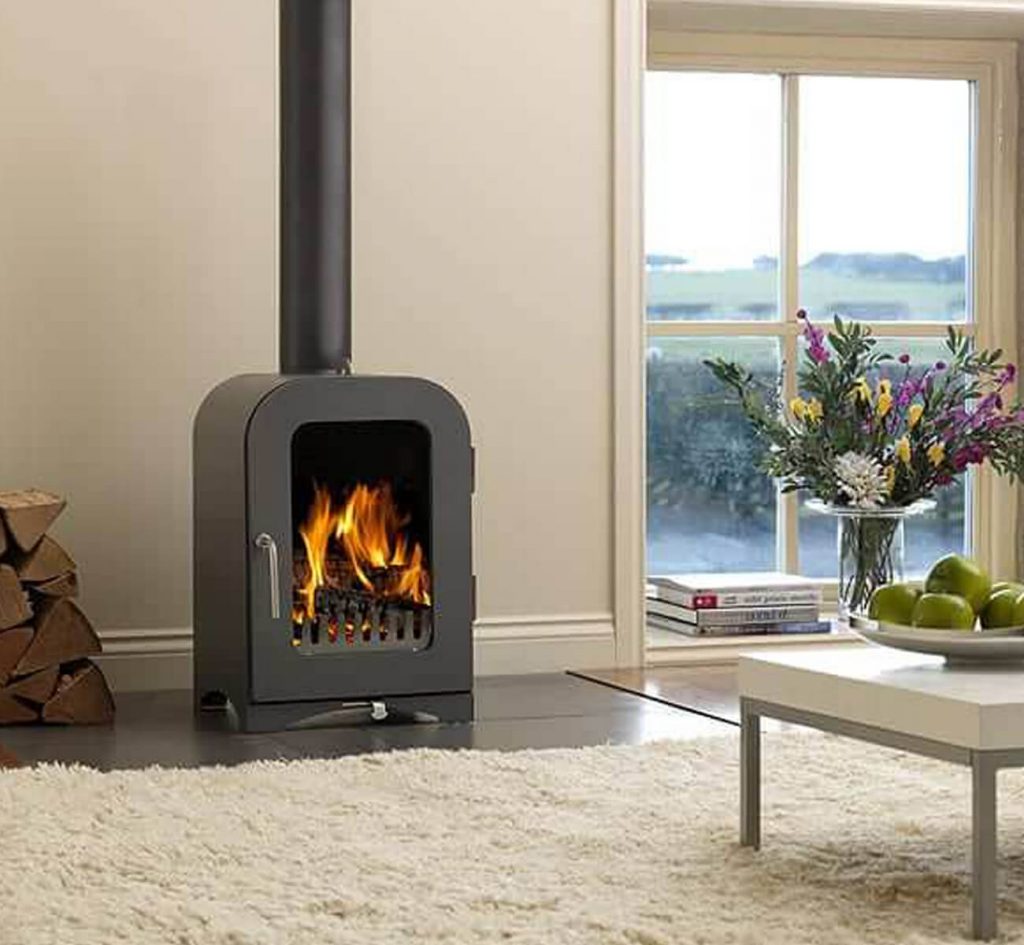
1.) Multiple Ways to Generate Heat
As stated previously, the name really says it all. Not only can you burn wood logs to generate the heat, but smokeless fuels and eco-friendly solid fuels also – which are approved for use in smoke controlled areas. These stoves are constructed and designed in a way that allows for various types of fuel to burn efficiently and effectively.
2.) Ease of Debris Removal
Multi fuel stoves also have a built-in ash pan beneath the grate that collates all the collected debris and ash allowing for an easy and safe removal. This ensures the longevity of the stove by keeping it debris free – allowing the functionality of the stove to be maintained.
3.) Not reliant on any Power
Probably one of the most likely reasons why one would be attracted to these fireplaces, besides the overall look, is that they’re not reliant on any external power. So if you find yourself amidst a power cut in the winter, you can keep cosy around a nice, warm fire – powered by something other than electricity.
4.) Energy Consumption Reduction
One of the prime ways you can save on energy bills is through a multi fuel stove, which has no other cost attached to it other than the fuel you purchase. With a multi fuel stove, you can warm up the desired area promptly and efficiently.
5.) Durable Enclosure
It’s quite safe to say that once you buy a multi fuel stove, you’ll have it with you for many years. Due to its durable nature, confined by solid steel, it’ll serve you until you feel as though you want a new one.
6.) The Overall Look and Feel
Multi Fuel stoves have a retro feel and look about them, which makes them that much more desirable. They have been around for decades and are tried and tested! They certainly look the part too, giving it that classic but contemporary feel.
So if you’re looking into the benefits of multi fuel stoves, and possibly interested in investing in one, then there are many benefits to it as outlined above. It will certainly prove to be a good investment for now and for the future.
Contact Stove Scotland Today For Your Multi Fuel Stove
If you require further information on multi fuel stoves or anything related, then give us a call today on: 01501 760051 We’d be happy to hear from you….



